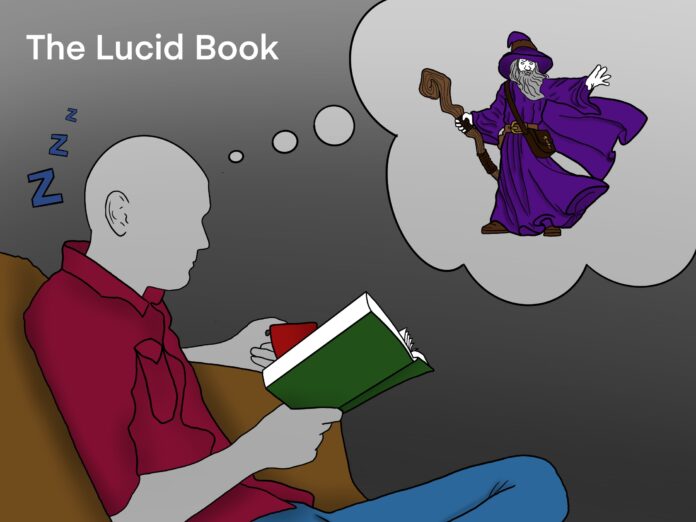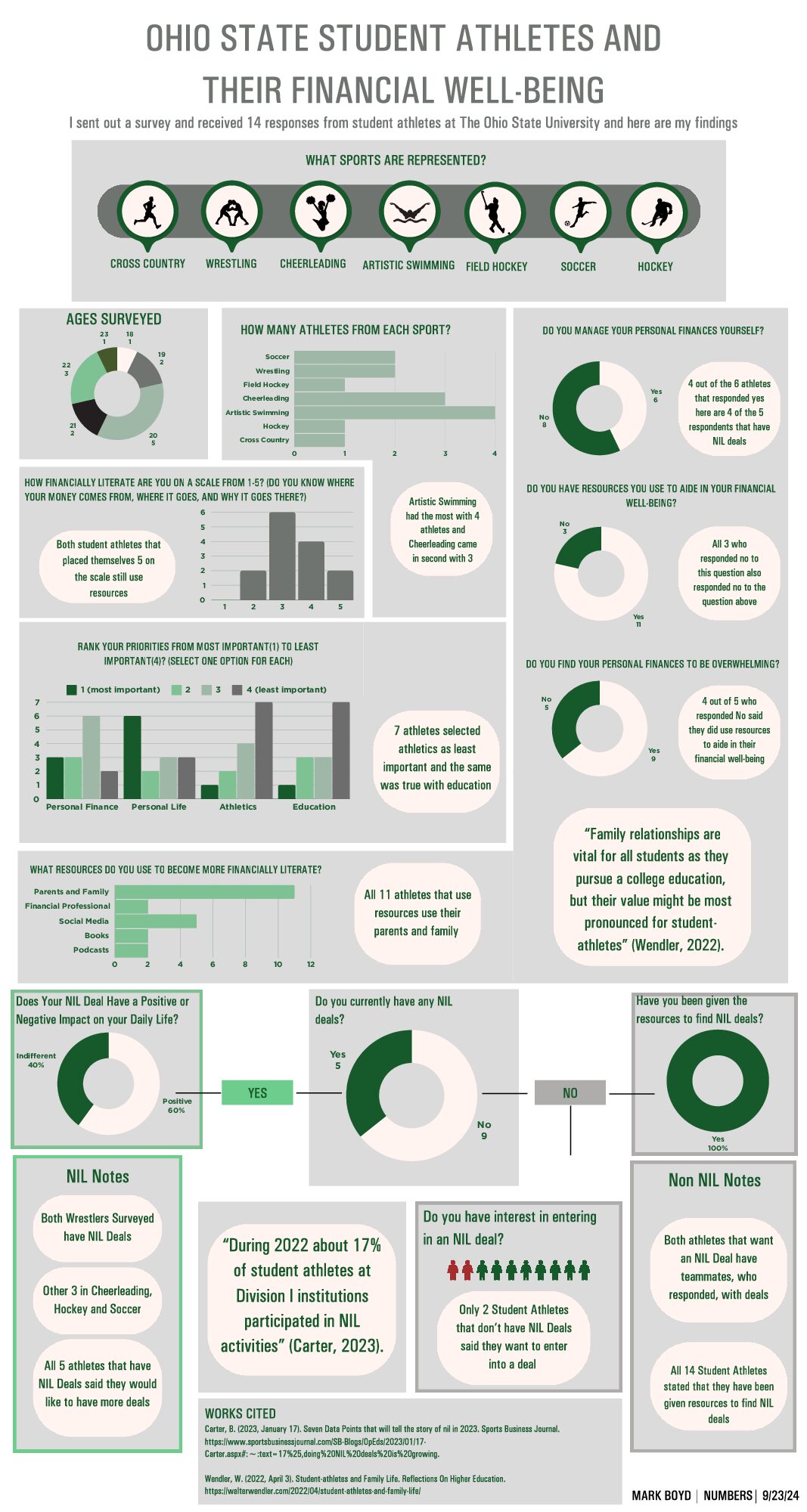One of the challenges of world building in film, literature and even interactive exhibits is having users invest in the characters as if they could imagine themselves as one of them. It is also hard to have a sufficient amount of worldbuilding in literature and film, because users can’t physically interact with that world. They are capable of seeing background characters and imagining sprawling lands, but feeling the wind blow across your face while you are riding a horse in a full suit of armor to a tavern across your kingdom is an entirely different experience than reading or watching the scene.
The Lucid Book aims to illustrate this problem by showing just how challenging it can be to build a comprehensive world. With The Lucid Book, users would simply open the book and begin reading as they fall into a sleepy hypnotized state. Eventually they find themselves within the book and they can control the protagonist living their experiences (although in some stories such as Hamlet this wouldn’t exactly be desirable). They are able to experience the world in the book in a new way that simply isn’t possible without immense development in technology. At will they can return to their couch and coffee outside of the book.
What this shows us while approaching experience design is we have to imagine what it would be like to actually experience the worlds we read about and see. Not just to converse with individuals in that place, but also what the drinks and food taste like. Or how the terrain and weather feels. Perhaps even what it’s like to do mundane things in this world, like purchase a house.
Obviously something like The Lucid Book would make worldbuilding entirely too easy, so instead we must look to great world builders such as George Lucas and J.R.R. Tolkien to help guide us through how we can build immersive worlds and experiences today.




